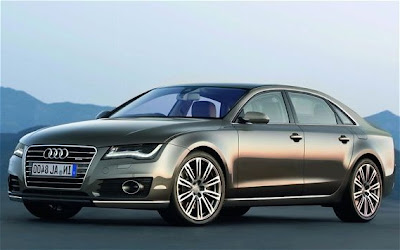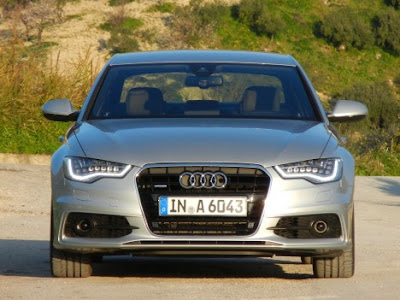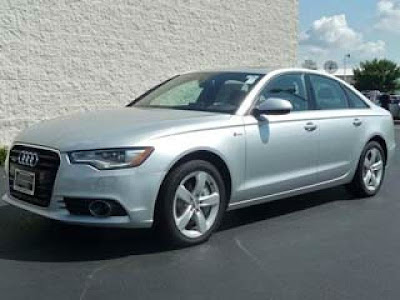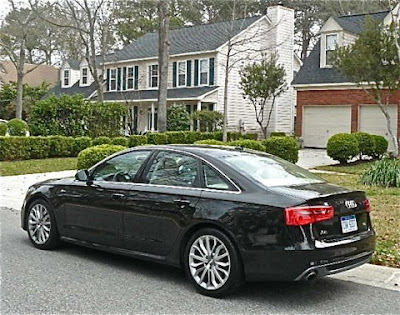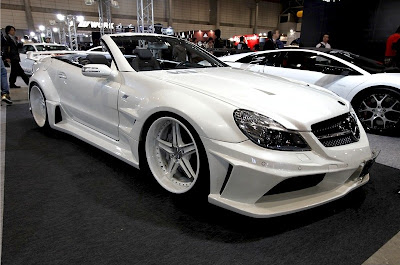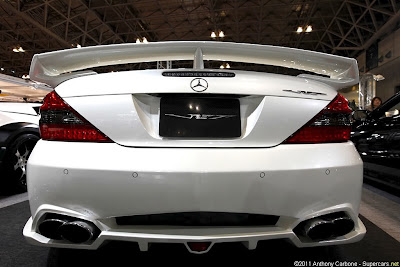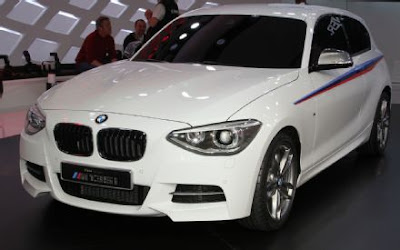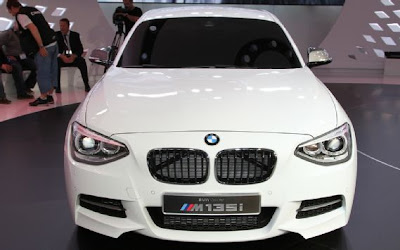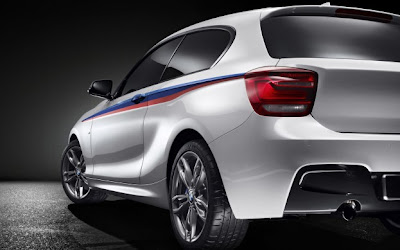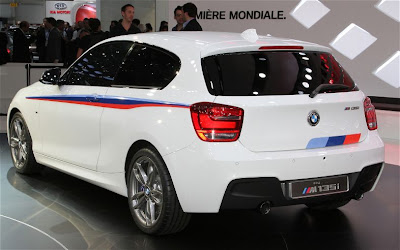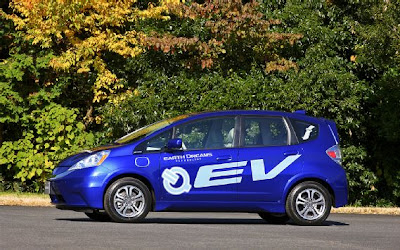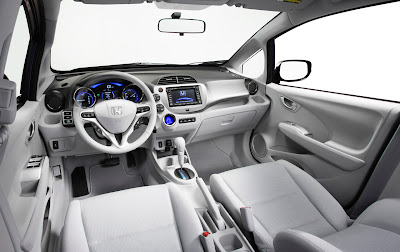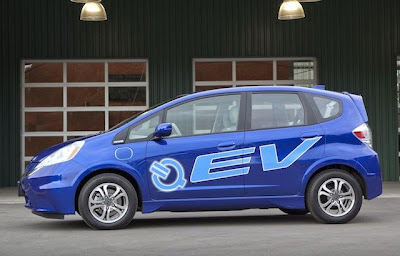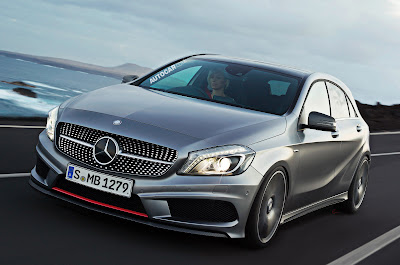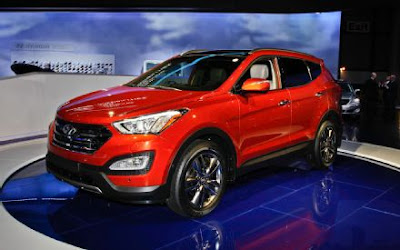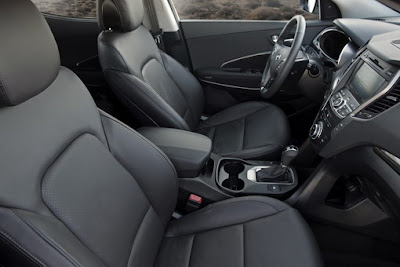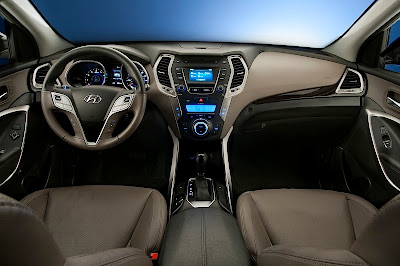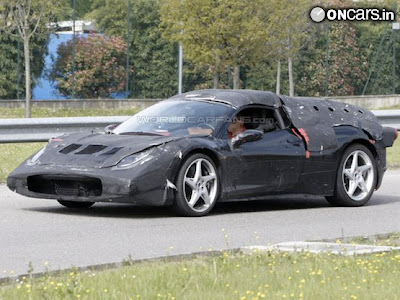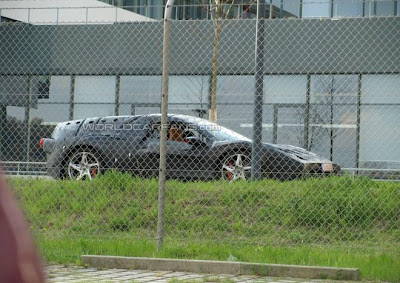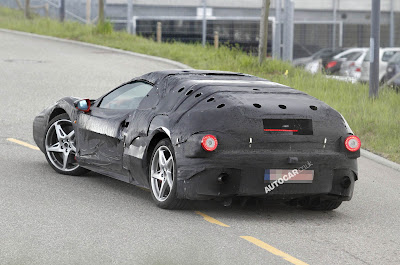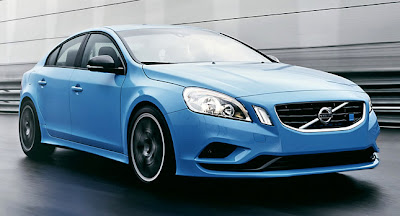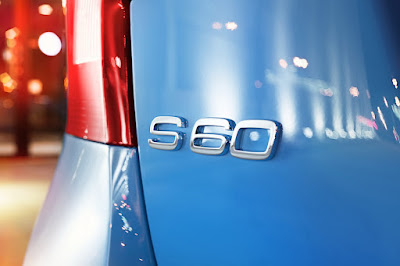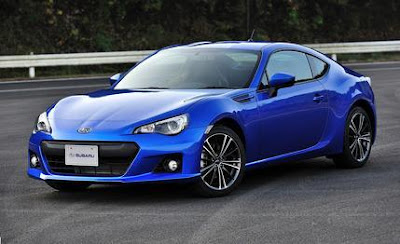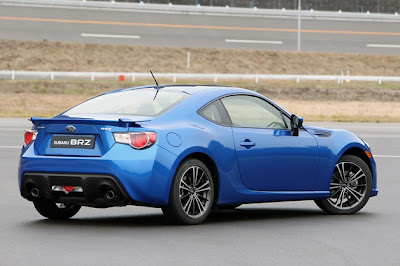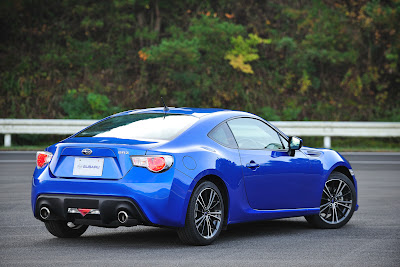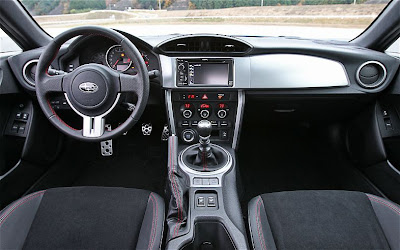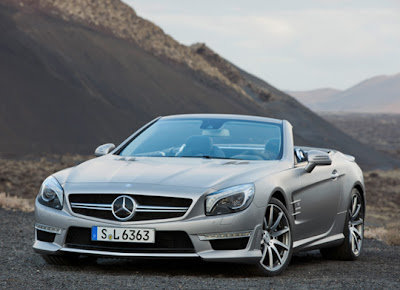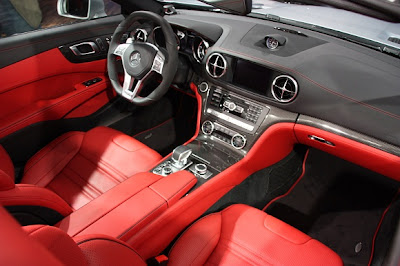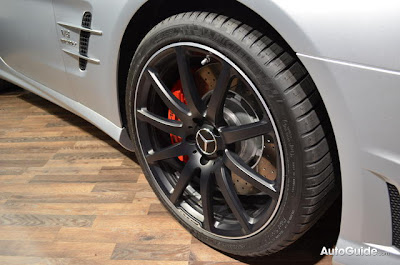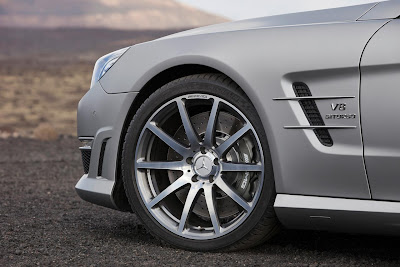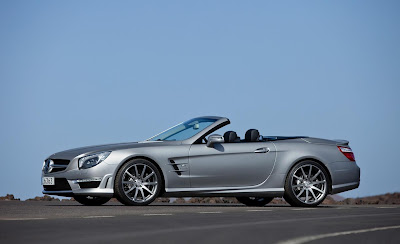View the original article here

Featured 1
Curabitur et lectus vitae purus tincidunt laoreet sit amet ac ipsum. Proin tincidunt mattis nisi a scelerisque. Aliquam placerat dapibus eros non ullamcorper. Integer interdum ullamcorper venenatis. Pellentesque habitant morbi tristique senectus et netus et malesuada fames ac turpis egestas.

Featured 2
Curabitur et lectus vitae purus tincidunt laoreet sit amet ac ipsum. Proin tincidunt mattis nisi a scelerisque. Aliquam placerat dapibus eros non ullamcorper. Integer interdum ullamcorper venenatis. Pellentesque habitant morbi tristique senectus et netus et malesuada fames ac turpis egestas.
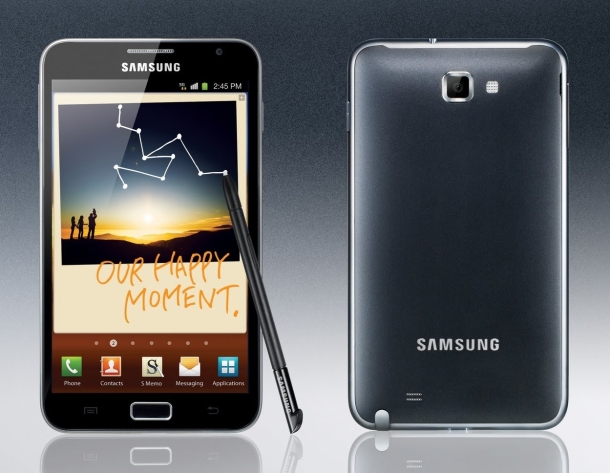
Featured 3
Curabitur et lectus vitae purus tincidunt laoreet sit amet ac ipsum. Proin tincidunt mattis nisi a scelerisque. Aliquam placerat dapibus eros non ullamcorper. Integer interdum ullamcorper venenatis. Pellentesque habitant morbi tristique senectus et netus et malesuada fames ac turpis egestas.

Featured 4
Curabitur et lectus vitae purus tincidunt laoreet sit amet ac ipsum. Proin tincidunt mattis nisi a scelerisque. Aliquam placerat dapibus eros non ullamcorper. Integer interdum ullamcorper venenatis. Pellentesque habitant morbi tristique senectus et netus et malesuada fames ac turpis egestas.

Featured 5
Curabitur et lectus vitae purus tincidunt laoreet sit amet ac ipsum. Proin tincidunt mattis nisi a scelerisque. Aliquam placerat dapibus eros non ullamcorper. Integer interdum ullamcorper venenatis. Pellentesque habitant morbi tristique senectus et netus et malesuada fames ac turpis egestas.
Saturday, June 30, 2012
2013 Audi A6 3.0T
View the original article here
Thursday, June 28, 2012
Vitt Performance Mercedes-Benz SL
View the original article here
2012 BMW Concept M135i
The 2014 Honda Fit EV
View the original article here
Wednesday, June 27, 2012
The Mercedes-Benz A45 AMG
View the original article here
Monday, June 25, 2012
2013 Hyundai Santa Fe and Santa Fe Sport
VEHICLE LAYOUT: Front-engine, FWD/AWD, 5-7 pass, 4-door SUV
ENGINES: 2.4L/190-hp/181-lb-ft DOHC 16-valve I-4; 2.0L/264-hp/269-lb-ft turbocharged DOHC 16-valve I-4; 3.3L/290-hp/255-lb-ft DOHC 24-valve V-6*
TRANSMISSION: 6-speed automatic
CURB WEIGHT: 3450-4000 lb (mfr)
WHEELBASE: 106.3 in (Sport); 110.2 in. (LWB)
LENGTH X WIDTH X HEIGHT: 184.6 x 74.0 x 66.1 in (Sport); 193.1 x 74.2 x 66.5 in
0-60 MPH: 7.0-9.5 sec (est)
EPA CITY/HWY FUEL ECON: 0.73-0.90 lb/mile
ENERGY CONSUMPTION, CITY/HWY: 0.73-0.90 lb/mile
CO2 EMISSIONS: 147-177/102-130 kW-hrs/100 miles
ON SALE IN U.S.: 147-177/102-130 kW-hrs/100 miles
July 2012 (Sport); January 2013 (LWB)
View the original article here
Ferrari Enzo II latest spy photos - now front view
View the original article here
Sunday, June 24, 2012
New Volvo S60 Polestar Performance Concept Packs 508-Horses
View the original article here
2013 Subaru BRZ
Base price: $25,000 (estimated)
Fuel economy:
(city/hwy)
22/30 mpg (manual)
25/34 mpg (automatic)
Engine:
2.0L DOHC H-4
Horsepower: 200 hp @ 7000 rpm
Torque: 151 lb-ft @ 6400 rpm
Drive:
Rear-wheel
Transmissions:
6-speed manual, 6-speed automatic
Curb weight: 2762-2822 lb
Wheels/tires:
17 x 7-inch wheels
215/45 R17 tires
View the original article here
Friday, June 22, 2012
2013 Mercedes-Benz SL63 AMG
VEHICLE TYPE: front-engine, rear-wheel-drive, 2-passenger, 2-door roadster
BASE PRICE: $146,695
ENGINE TYPE: twin-turbocharged and intercooled DOHC 32-valve V-8, aluminum block and heads, direct fuel injection
Displacement: 333cu in, 5461cc
Power: 530 or 557 hp
Torque: 590 or 664 lb-ft
TRANSMISSION: 7-speed automatic with manual shifting mode
DIMENSIONS:
Wheelbase: 101.8 in
Length:182.4 in
Width: 73.9 in Height: 51.2 in
Curb weight: 4150 lb
PERFORMANCE (C/D EST):
Zero to 60 mph: 3.7–3.8 sec
Standing ¼-mile: 11.8-12.0 sec
Top speed: 155-186 mph
FUEL ECONOMY (C/D EST):
EPA city/highway driving: 14/21 mpg
View the original article here

